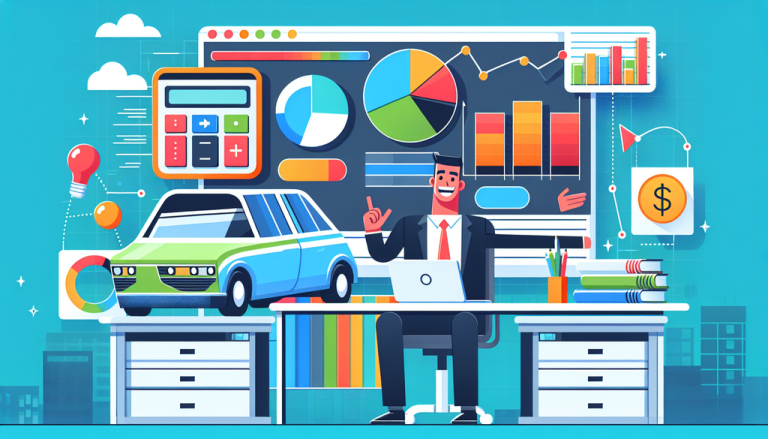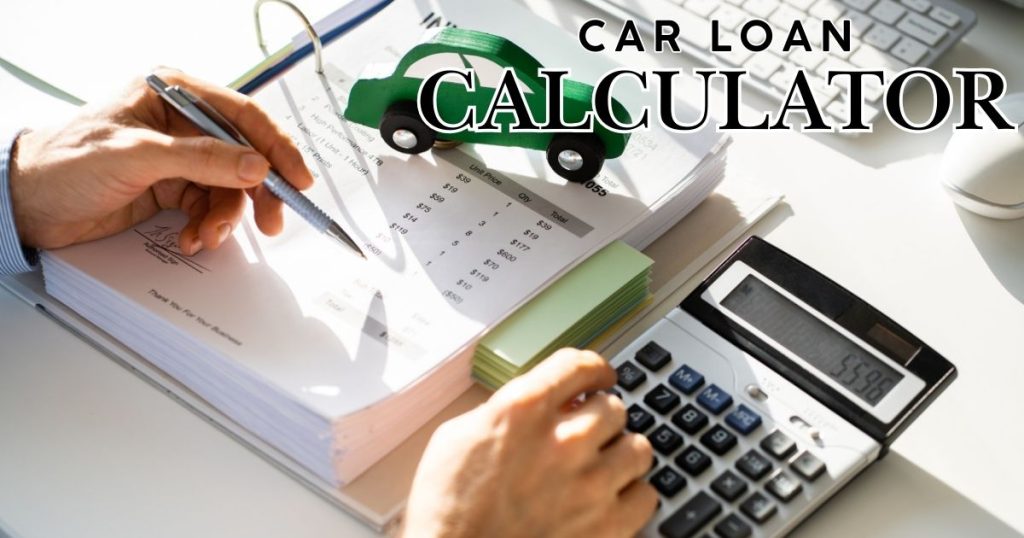Picture this: You’re standing in a car dealership, excited about your dream vehicle, but the financing details feel like navigating a complex maze. Car loan payments might seem straightforward, but understanding the mechanics of amortization can save you thousands of dollars and help you make smarter financial decisions.
What Exactly Is Amortization?
Amortization is essentially a repayment strategy where your monthly car loan payment is split between two critical components: principal and interest. Think of it like cutting a pizza—each slice represents a portion of your payment.
| Payment Component | Description | Impact on Loan |
|---|---|---|
| Principal | The actual amount borrowed | Reduces total loan balance |
| Interest | Cost charged by lender | Compensates lender for risk |
How Loan Payments Really Work
Early in your loan term, a larger percentage of your payment goes toward interest. As time progresses, more money applies directly to your principal. This gradual shift means you’re building equity in your vehicle more rapidly in later years.
Pro Tip
Extra principal payments can dramatically reduce your total interest paid over the loan’s lifetime.
Real Numbers: A Practical Scenario
Consider a $25,000 car loan at 5% interest for 60 months:
- Monthly Payment: Approximately $471
- Total Interest Paid: Around $3,279
- Total Cost of Vehicle: $28,279
Smart Financing Strategies
- Negotiate interest rates aggressively
- Choose shorter loan terms when possible
- Make additional principal payments
- Maintain excellent credit score
Your Financial Roadmap
Understanding amortization transforms you from a passive borrower to an informed financial navigator. Every payment becomes a strategic move toward vehicle ownership and financial freedom.



